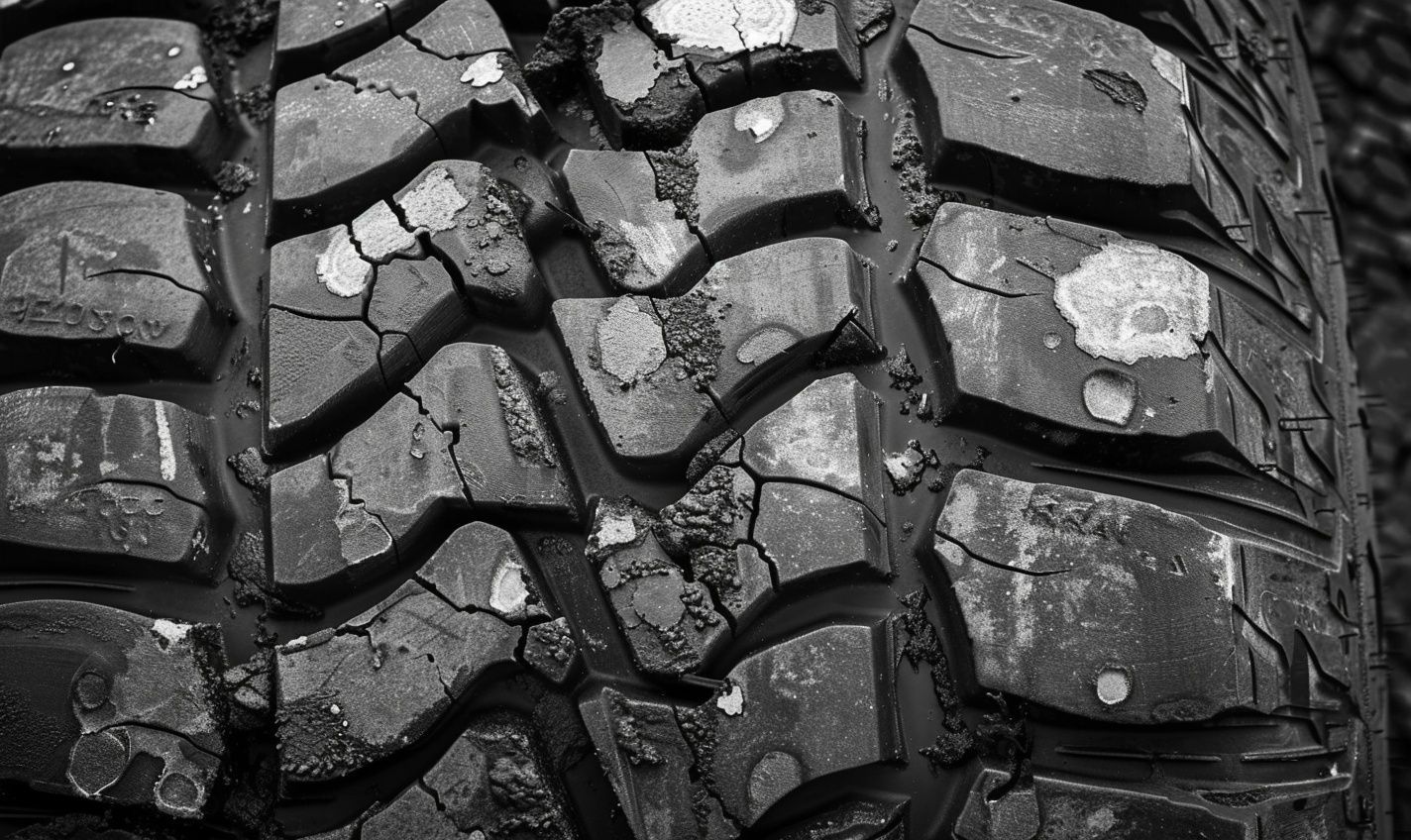
As an avid car enthusiast or a budget-conscious driver, deciding between buying new or used tires is crucial. Opting for used tires can be cost-effective and eco-friendly when maintaining your vehicle. In this comprehensive guide, we will explore the world of buying used tires, exploring their benefits and potential drawbacks.
Used tires offer a range of benefits, starting with their affordability. They can be significantly cheaper than brand-new tires, allowing you to save money without compromising on quality. Additionally, buying used tires helps reduce waste and minimizes the environmental impact of tire production.
However, it’s also also essential to consider the disadvantages of used tires. These tires may have less tread life, potentially leading to a shorter lifespan and more frequent replacements. Additionally, there is a risk of hidden damage or uneven wear that could affect your vehicle’s performance and safety.
By weighing the pros and cons of buying used tires, you can make an informed decision that suits your budget and driving needs. Whether you prioritize cost savings or sustainable choices, understanding the advantages and drawbacks of used tires is crucial for maintaining your vehicle and hitting the road confidently.
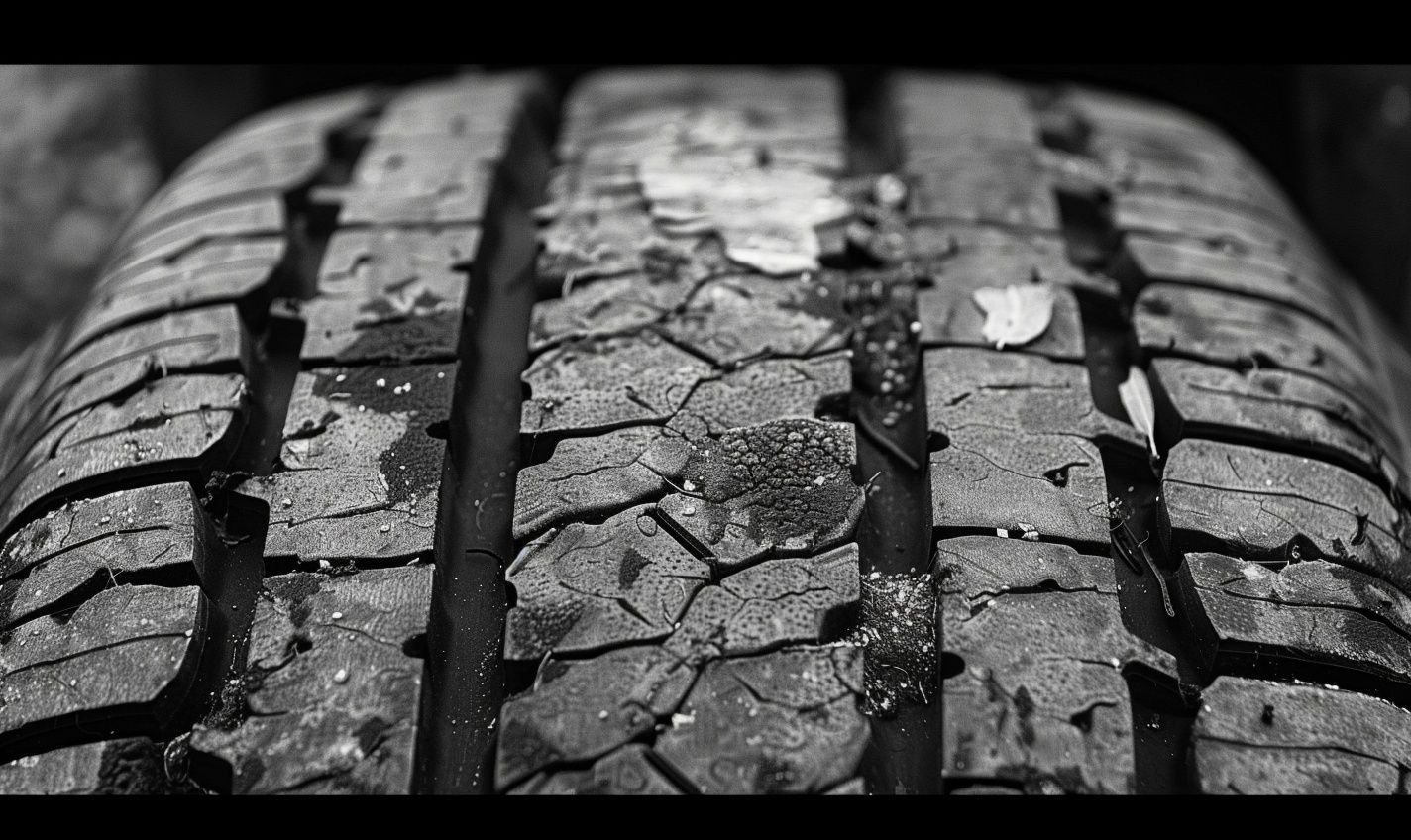
Benefits of Buying Used Tires
Buying used tires can be a wise choice for maintaining your vehicle, offering various advantages. Let’s explore how pre-owned tires can benefit your wallet and the environment.
Cost Savings Without Sacrificing Quality
Purchasing used tires can significantly reduce your expenses without compromising on performance. You can find top brands at a fraction of the price, allowing you to stretch your budget further.
Environmental Consciousness
By opting for previously owned tires, you are contributing to a more sustainable future. Used tires prevent additional waste and reduce the demand for new tire production, positively impacting the environment.
Quality Assurance
Contrary to popular belief, many used tires are in excellent condition and have plenty of treads left. Most reputable sellers inspect and grade their inventory to ensure customers receive quality products that meet safety standards.
Moreover, used tires undergo rigorous testing and refurbishing processes to ensure their performance and longevity, providing reliable products you can trust on the road.
Buying used tires saves you money and benefits the environment while offering quality products that ensure your safety and peace of mind. Consider the advantages of used tires for your next replacement and experience these benefits firsthand.
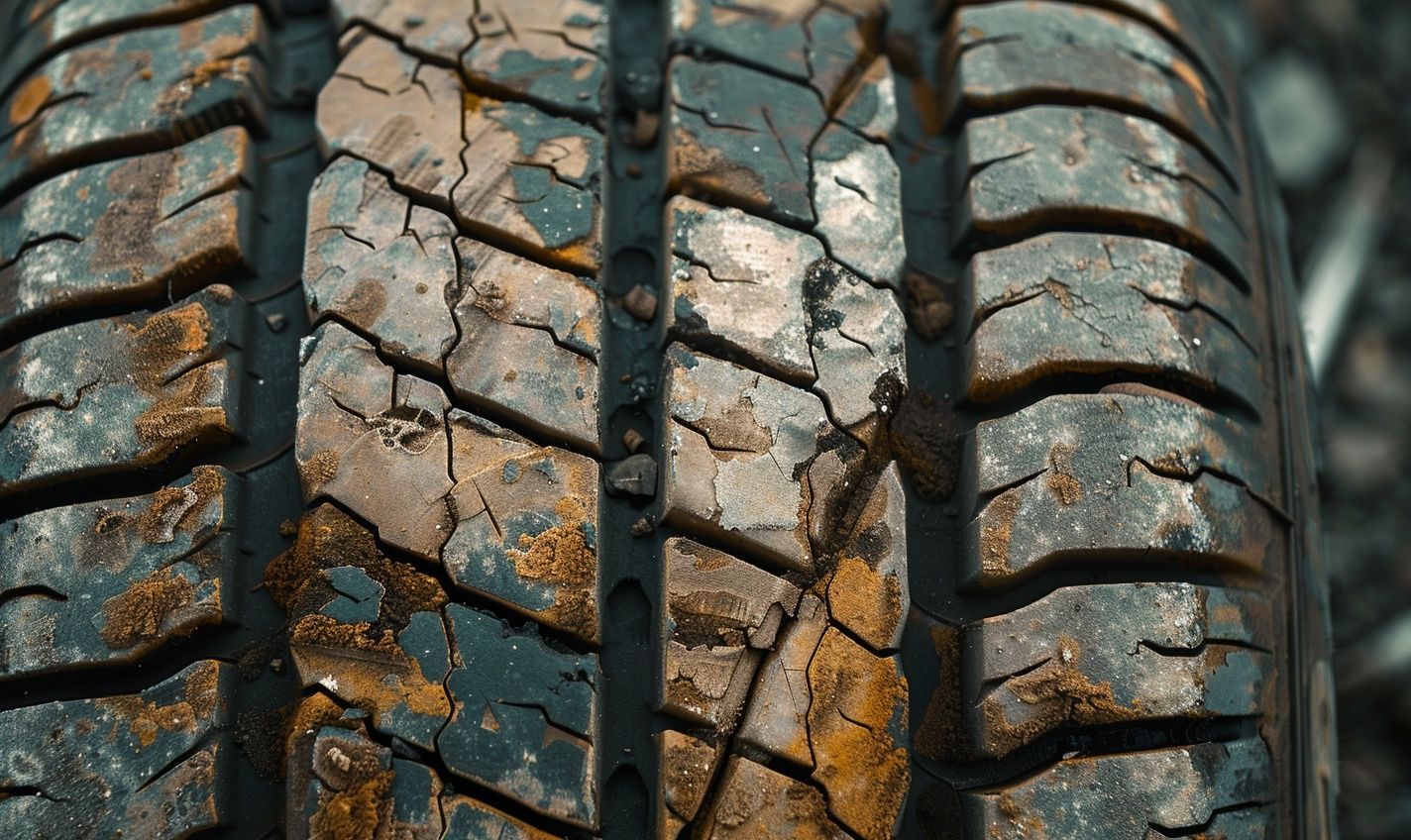
Environmental Impact of Used Tires
As we make decisions as consumers, we often think about the environmental repercussions of our choices. When buying used tires, it’s essential to consider the impact on our planet. Let’s delve into the ecological aspects of choosing pre-owned tires:
Reducing Waste
Millions of tires are disposed of in landfills yearly, taking up space and contributing to environmental hazards. By opting for used tires, you can help reduce this waste and promote sustainability.
Conserving Resources
Manufacturing new tires requires raw materials, energy, and water. By purchasing used tires, you extend the lifespan of existing tires and reduce the demand for new ones, thereby conserving valuable resources.
Lowering Carbon Footprint
Choosing used tires over new ones can help lower the carbon footprint associated with tire production. Reusing tires reduces the emissions generated during manufacturing, contributing to a greener environment.
When we make sustainable choices like buying used tires, we save money and positively impact the world.
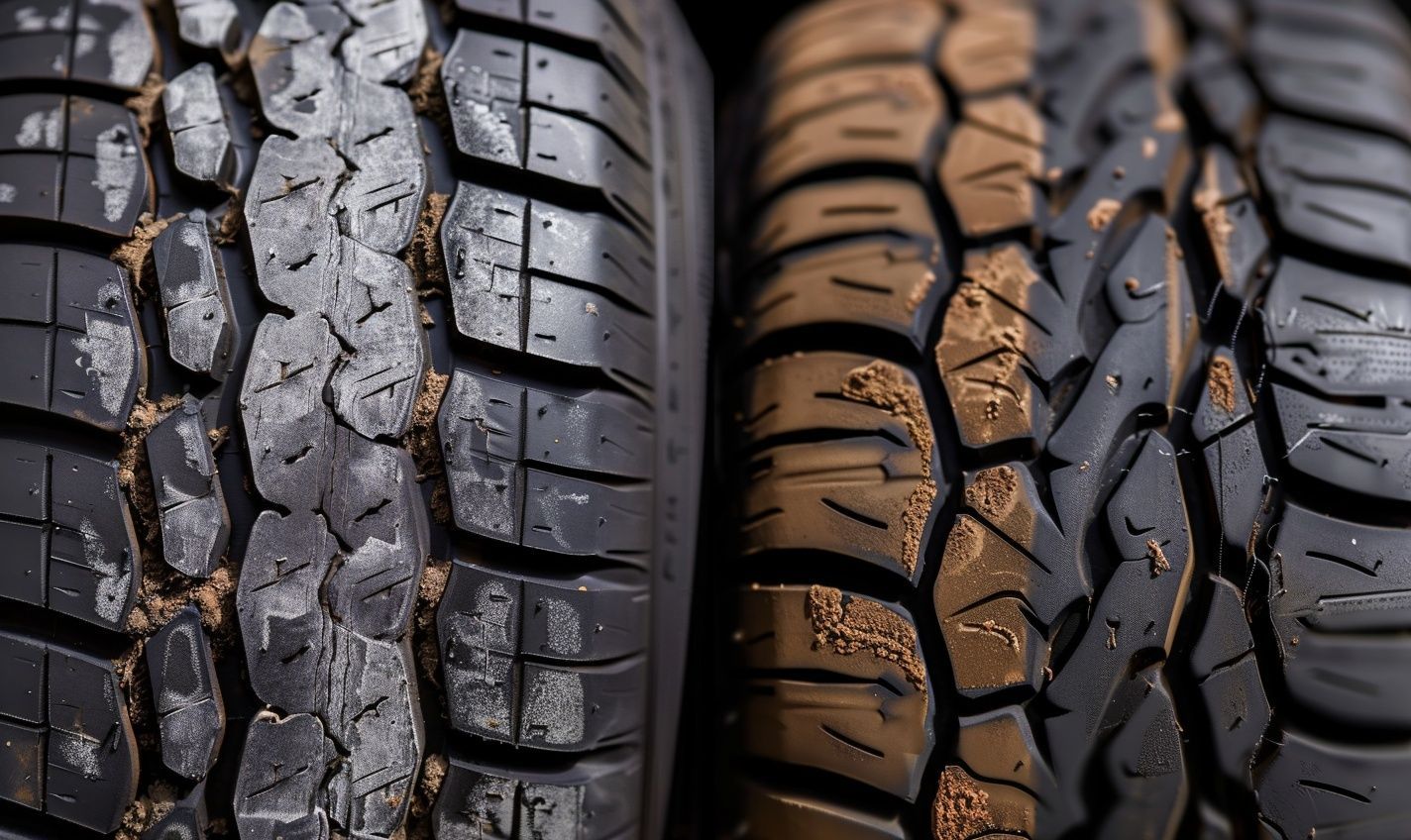
Cost Savings with Used Tires
Cost is always a significant factor in your vehicle’s maintenance. Buying used tires can be an excellent way to save money, but is it worth it in the long run?
Benefits of Buying Used Tires
Consider the following benefits:
- Significantly lower prices compared to new tires
- Good quality used tires can offer reliable performance
- Reduce waste and pollution by reusing tires
Quality Concerns and Inspection Tips
Inspect used tires for:
- Tread depth and wear patterns
- Sidewall damage or bulges
- Aging signs such as cracks and dryness
Remember, buying used tires can save you money upfront, but ensuring they meet safety standards for your peace of mind is essential.
Longevity and Performance of Used Tires
Used tires may not offer the same longevity as new ones, but they can still provide decent performance with proper care. Regular maintenance and proper inflation are vital to extending their lifespan.
The environmental impact of choosing used tires over new ones is also significant. The benefits of used tires extend beyond your wallet; you also reduce waste and conserve resources.
Quality Concerns and Inspection Tips
Quality is a primary concern when buying used tires. While there are undeniable benefits to purchasing pre-owned tires, certain disadvantages must also be considered. Let’s examine the pros and cons of using tires over new ones.
Benefits of Buying Used Tires
One of the most significant advantages of using tires is the cost savings. Used tires are typically more budget-friendly than brand-new ones, allowing you to replace your tires without breaking the bank.
Used Tire Disadvantages
However, there are some drawbacks to consider regarding used tires. The quality and condition of the tires may vary, and there is a risk of purchasing tires with hidden issues that could compromise safety on the road. Additionally, used tires may have a shorter lifespan than new ones.
Pros and Cons of Used Tires
When weighing the pros and cons of used tires, it’s essential to consider your specific needs and preferences. While cost savings and environmental benefits are compelling reasons to opt for used tires, quality concerns and potential safety risks must also be considered.
Quality Concerns and Inspection Tips
Before purchasing used tires, it’s crucial to inspect them thoroughly to ensure they meet your standards for quality and safety. Here are some inspection tips to help you make an informed decision:
- Check the tread depth to ensure it meets legal requirements.
- Inspect the tire sidewalls for any signs of damage or wear.
- Look for patches or repairs that may indicate previous punctures.
- Verify the tire’s age to gauge its remaining lifespan.
By carefully examining the condition of used tires before buying them, you can minimize the risks associated with purchasing pre-owned tires and enjoy their benefits without sacrificing safety and quality.
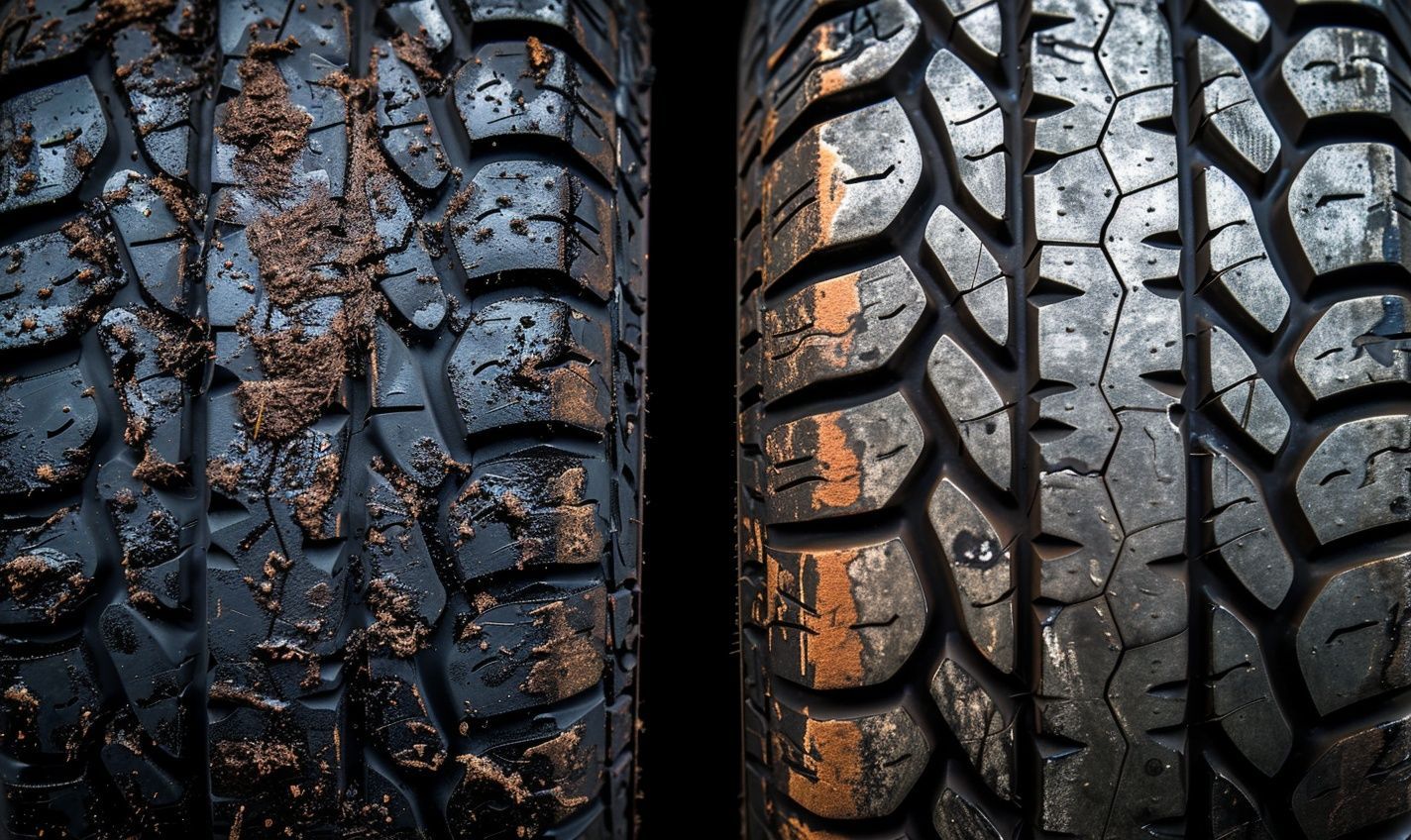
Longevity and Performance of Used Tires
Maximize Your Investment with Used Tire Benefits
Buying used tires can present a range of benefits that go beyond mere cost savings. But have you considered how these pre-loved tires compare in terms of longevity and performance?
The Upside of Opting for Used Tires
Regarding the benefits of buying used tires, cost efficiency is just the tip of the iceberg. Companies tire their resources yearly trying to dispose of used tires, leading to a significant environmental impact.
The Hidden Gems in Each Used Tire
Quality concerns often deter individuals from exploring the world of used tires. You can uncoProper inspection tips allow you to find treasures in these affwithdable options with the pr and a few and cons of used tires to consider before making your next tire purchase:
- + Cost savings can be substantial.
- + Reduced environmental impact compared to new tire production.
- – Quality inconsistencies may arise.
The Performance Metrics of Secondhand Tires
Addressing concerns about the longevity and performance of used tires is crucial. Secondhand tires undergo rigorous inspections to ensure safety considerations are met, and you get the most out of your investment.
Here’s a quick comparison to shed light on used tires vs. new tires:
- Quality vs. Cost
- Sustainability vs. Fresh warranties
Safety Considerations for Used Tires
When buying used tires, there are many factors to consider beyond the cost savings. Let’s delve into the safety considerations associated with opting for pre-loved tires.
The Pros of Prioritizing Safety:
Ensuring that your vehicle’s tires are in top-notch condition is paramount for safe driving. Investing in quality used tires lets you enjoy peace of mind while on the road.
Used tires that have been meticulously inspected and are still in good shape can offer reliable performance comparable to new tires. This reliability is crucial for maintaining traction, handling, and overall vehicle control.
The Cons of Compromising Safety:
Conversely, choosing low-quality or excessively worn used tires could pose potential hazards. These tires may have reduced tread depth, uneven wear patterns, or hidden damages that compromise their safety on the road.
Driving on tires past their prime can increase the risk of blowouts, loss of control, and accidents. When selecting used tires for your vehicle, it’s essential to prioritize safety over savings.
Tips for Ensuring Safety with Used Tires:
- Inspect the tread depth and wear patterns of the used tires thoroughly.
- Check for any signs of damage, such as cuts, bulges, or punctures.
- Verify the age of the tires to ensure they are not too old for safe use.
By following these safety guidelines and conducting a detailed assessment of the used tires you intend to purchase, you can mitigate potential risks and prioritize the safety of yourself and your passengers on the road.
Availability and Selection of Used Tires
When buying used tires, one of the main advantages is the sheer availability of options. But how do you navigate this vast selection to find the perfect set for your vehicle? Let’s dive into the world of used tire selection.
Quality Check Before Purchase
Before you swipe your card for used tires, inspect the tread depth and look for any signs of damage, bulges, or uneven wear. Remember, safety comes first!
Compatibility and Size
Ensure that the used tires you’re eyeing match the specifications recommended by your vehicle manufacturer. Opting for the wrong size can lead to performance issues.
Reputation of the Seller
Check reviews and ratings of the seller or the shop you’re considering for your used tire purchase. A reputable source can increase your chances of getting quality tires.
When buying used tires, consider your driving habits, climate, and how long you plan to keep your vehicle. It’s not just about the price; it’s about finding the right fit for your safety and performance needs.
Comparison: Used Tires vs. New Tires
Regarding your vehicle’s tires, you can buy used tires or opt for brand-new ones. Let’s examine the pros and cons to help you make an informed choice.
Benefits of Buying Used Tires
Used tires offer cost savings without compromising safety if in good condition. They also contribute positively to the environment by reducing waste.
Environmental Impact of Used Tires
Choosing used tires over new ones helps reduce one’s environmental footprint by lessening the demand for manufacturing new tires, which is resource-intensive.
Cost Savings with Used Tires
One of the most appealing aspects of buying used tires is the significantly lower price than brand-new ones. This makes it an attractive option for budget-conscious individuals.
Quality Concerns and Inspection Tips
While used tires can be of good quality, it’s essential to thoroughly inspect them for any signs of wear, such as tread depth and possible damage, before making a purchase.
As with any product, used tires have advantages and disadvantages. Let’s explore some pros and cons of buying used tires to help you decide what’s best for your vehicle.
- Pros of Used Tires:
- Cost-effective option
- Reduced environmental impact
- Good quality if inspected properly
- Cons of Used Tires:
- Potential wear and tear
- Unknown history of the tire
- May need replacement sooner
Deciding between used and new tires ultimately depends on your preferences, budget, and specific needs. It’s essential to weigh the pros and cons of used tires before making your final choice.
Common Drawbacks of Used Tires
While buying used tires can be beneficial in many ways, it’s essential to consider the potential downsides before purchasing. Let’s delve into the common drawbacks of opting for pre-owned tires:
Lack of Warranty and Guarantees
Used tires often come without warranties or guarantees, unlike new tires, which typically offer coverage for a specific period. This lack of protection can leave you vulnerable to unexpected issues or defects.
Unknown History and Past Damage
When purchasing used tires, you may not have complete visibility into their history, including how previous owners used or maintained them. This uncertainty can lead to potential safety concerns and performance issues.
Reduced Tread Life
Used tires generally have less tread life than new tires, impacting their longevity and overall performance. With less tread depth, you may need to replace them sooner than anticipated, adding to the overall cost.
Compatibility and Fitment Concerns
Matching used tires to your vehicle’s specifications, including size, load index, and speed rating, can be challenging. Ensuring proper compatibility is crucial for safety and optimal performance but may require additional effort and expertise.
While the benefits of buying used tires, such as cost savings and environmental considerations, are appealing, weighing these advantages against the potential drawbacks is vital. By understanding the limitations of used tires, you can make an informed decision that aligns with your priorities and budget.
Regulations and Legal Aspects
Regarding the world of tires, specific regulations and legal considerations exist for buying and selling used tires. Let’s delve into the essential aspects you need to know:
Understanding the Legalities
Buying used tires may seem like a great deal, but it’s crucial to ensure you comply with local laws and regulations. Ensure the tires you purchase meet the minimum tread depth requirements set by authorities.
Quality Standards
Used tires must meet strict quality standards in some regions before being sold. Always check for certification marks and labels to ensure the tires have undergone proper inspection and testing.
Warranty Considerations
Unlike new tires, which typically come with warranties, used tires may not offer the same level of protection. When buying used tires, be aware of the warranty coverage, if any, provided by the seller.
Environmental Responsibilities
Proper disposal of used tires is not just about legal compliance; it’s also an environmental responsibility. Ensure that the seller disposes of old tires in an eco-friendly manner to minimize the environmental impact.
And remember, even though buying used tires can be a cost-effective option, it’s crucial to prioritize safety and quality to stay on the right side of the law.
Benefits Extend Beyond the Wallet
The advantages of buying used tires are not solely financial. While the cost savings are evident, other compelling reasons exist to consider opting for pre-owned tires. Let’s delve into how used tires can benefit you beyond your budget.
Less Pollution, More Conservation
Considering the environmental impact of used tires, choosing to reuse them contributes to a healthier planet. By extending the lifespan of tires, we reduce the need for production, conserving natural resources and decreasing waste.
Quality and Affordability
Used tires offer cost savings, allowing you to access high-quality tires at a fraction of the price. Given the stringent inspections these tires undergo before resale, you can rest assured that you’re getting a reliable product that performs well.
- Access to top-tier brands at lower costs
- Quality performance without breaking the bank
Longevity and Reliability
Contrary to common misconceptions, used tires can offer excellent longevity and performance if adequately maintained. With regular checks and proper care, these tires can serve you well for thousands of miles, providing a safe and smooth driving experience.
Considering Safety First
While safety is a top priority for all drivers, it’s essential to note that safety considerations for used tires are not compromised. Ensuring that the tires meet safety standards and are suitable for your vehicle is critical to a secure journey on the road.
Comparison Chart: Used Tires vs. New Tires
Exploring the benefits of opting for used tires goes beyond just monetary savings. It’s a conscious choice to support environmental sustainability, access quality products affordably, and prioritize safety while enjoying long-lasting performance. Buying used tires positively impacts your pocket and resonates with a broader commitment to a greener, more cost-effective, and safer driving experience.
Personal Experiences with Used Tires
Hey there! Let’s dive right into my adventures with buying used tires. Buckle up as we explore the highs and lows of this decision!
The Good Stuff:
- Cost Savings: Used tires saved me a pretty penny, allowing more budget for other car needs.
- Eco-Friendly: Opting for pre-loved tires gave me a sense of environmental responsibility.
- Quality Surprises: Surprisingly, the used tires I got had impressive tread depth and treadwear.
The Flip Side:
- Safety Concerns: While cost-effective, there’s always a niggling worry about safety levels.
- Shorter Lifespan: Used tires wear out faster, leading to more frequent replacements.
But you know what? Despite the cons, the pros of buying used tires outweighed my cons. It’s like finding a treasure in a thrift shop – a gamble, but the rewards can be fantastic!
Have you ever considered the benefits of snagging a set of previously loved tires? Share your thoughts—I’d love to hear your take on it!
Conclusion
After delving into the world of used tires, it’s evident that there are advantages and disadvantages to consider. While buying used tires can save money and help the environment by reusing materials, there are drawbacks, such as uncertainty about the tire’s history and potential safety issues.
Ultimately, purchasing used tires comes down to personal preference and individual circumstances. For some, the cost-effectiveness and sustainability of used tires may outweigh the risks. It’s crucial to weigh the pros and cons carefully before deciding.
One way to mitigate the disadvantages of buying used tires is to purchase them from reputable sources that thoroughly inspect and guarantee the quality of their products. This can provide peace of mind and assurance that you are getting a reliable and safe set of tires for your vehicle.
Whether you opt for new or used tires, regular maintenance and proper care are essential to ensure your vehicle’s safety and performance. You can make the best decision for your vehicle’s needs and budget by making informed choices and staying informed about your options.
Frequently Asked Questions (FAQs)
What are the benefits of buying used tires?
Used tires are more affordable than new ones, making them a cost-effective option. They are also an environmentally friendly choice as they help in reducing waste.
What are the disadvantages of used tires?
Used tires may have uneven tread wear, hidden damage, or reduced tread depth, affecting performance and safety.
Are there any risks associated with buying used tires?
Yes, there is a risk of purchasing tires that have reached the end of their usable life, leading to potential blowouts or road hazards.
Can used tires be as reliable as new tires?
While some used tires can offer good performance and reliability, this depends mainly on their condition and history of use.
What are the pros and cons of buying used tires?
The main advantage is cost-saving, but the downside includes potential safety hazards if the tires are not thoroughly inspected before purchase.